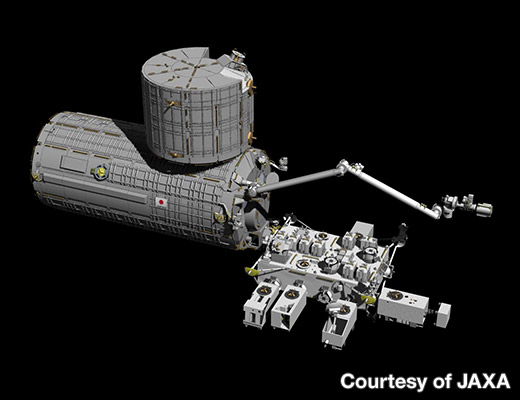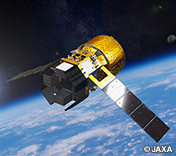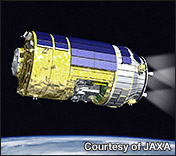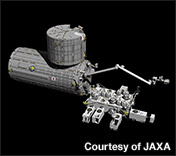Satellite ProgramsInternational Space Station
The next generation cargo transfer vehicle (HTV-X)
HTV-X is one of the unmanned orbital transport vehicles that will be used to carry essential cargo such as large-sized devices and life support goods for astronauts to the International Space Station (ISS). After transporting cargoes and leaving the ISS, the HTV-X can be used as a platform for technical demonstration.
We are in charge of system design and the development and manufacture of the Service Module, the heart of the vehicle. The Service Module is the module which integrates all the functions required for the HTV-X to navigate in outer space. Therefore the design concept of the integrating Service Module enables new applications such as independent flight of the Service Module and its docking with other modules in outer space.
-
Client
JAXA
-
Launch date
HTV-X1 : FY2024
HTV-X2 : FY2024
HTV-X3 : FY2025 -
Launch Vehicle
H3
-
Launch site
Tanegashima Space Center
-
Orbit
Altitude: 300 - 500 km
-
Mass
Total weight: about 16 t
Payload: about 6 t -
Electrical power
--
-
Mission Duration
The ISS berthing period: Up to 6 months
Flight period after leaving the ISS: Up to 18 months
(Technology Demonstration Mission Phase) -
Responsibilities
Prime contractor
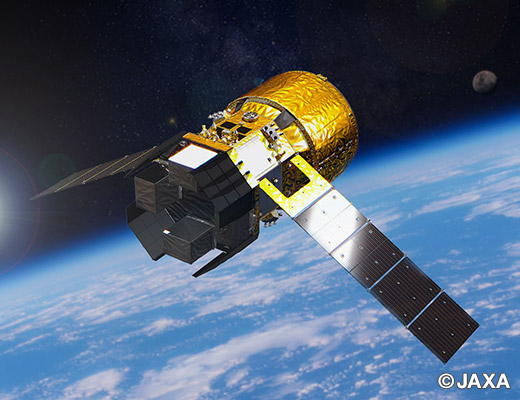
The H-II Transfer Vehicle (HTV)
HTV is one of the unmanned orbital transport vehicles that will be used to carry supplies to the International Space Station (ISS). It is designed to transport various cargoes, instruments, and equipment to ISS, and collect wastes including used experimental set-ups and clothing from ISS for disposal.
The H-II Transfer Vehicle (HTV) will be used to convey construction materials and supplies to the International Space Station (ISS). This vehicle will incorporate rendezvous and docking technologies verified on the ETS-VII (1998). We are in charge of system design (jointly with Mitsubishi Heavy Industries) and the development and manufacture of the electronics module, the heart of the vehicle. 7 HTVs are launched every year from 2009.
-
Client
JAXA
-
Launch date
HTV-1 : September 11, 2009
HTV-2 : January 22, 2011
HTV-3 : July 21, 2012
HTV-4 : August 4, 2013
HTV-5:August 19, 2015
HTV-6:December 9, 2016
HTV-7:September 23, 2018
HTV-8:September 25, 2019
HTV-9:May 21, 2020 -
Launch Vehicle
H-IIB
-
Launch site
Tanegashima Space Center
-
Orbit
Altitude: 350 - 460 km
-
Mass
Total weight: about 16.5t
Payload: about 4t -
Electrical power
--
-
Design life
Approx. 20 days
-
Responsibilities
Sub contractor
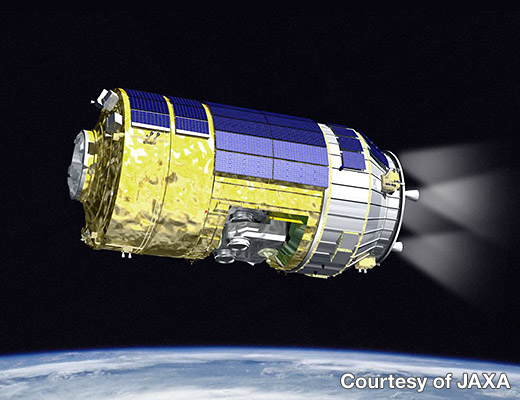
JEM (Kibo)
Japanese Experiment Module: JEM is Japan's first manned facility, and consists of four components. It is designed for four astronauts to perform experimental activities for an extended period of time.
Built through international cooperation, the Japanese Experiment Module (JEM) is Japan’s contribution to the International Space Station. We are responsible for the electrical power subsystem and electrostatic levitation furnace.
-
Client
JAXA
-
Launch date
2008 - 2009
-
Launch Vehicle
STS
-
Launch site
Kennedy Space Center
-
Orbit
Altitude: 330-480 km, Circular orbit
-
Mass
25 t
-
Electrical power
25 kw
-
Design life
--
-
Responsibilities
Sub contractor
